Last Updated:
July 30, 2025
Fall in Kansas City is one of the most important windows for lawn care. While your grass may look like it’s slowing down as the temperatures drop, underneath the surface, your lawn is actively storing energy to survive the winter and bounce back strong in spring. What you do, or don’t do, during this transitional time can make all the difference.
These tips will walk you through everything your lawn needs in fall to endure Kansas City’s freezing winters and come out healthier when the growing season returns!
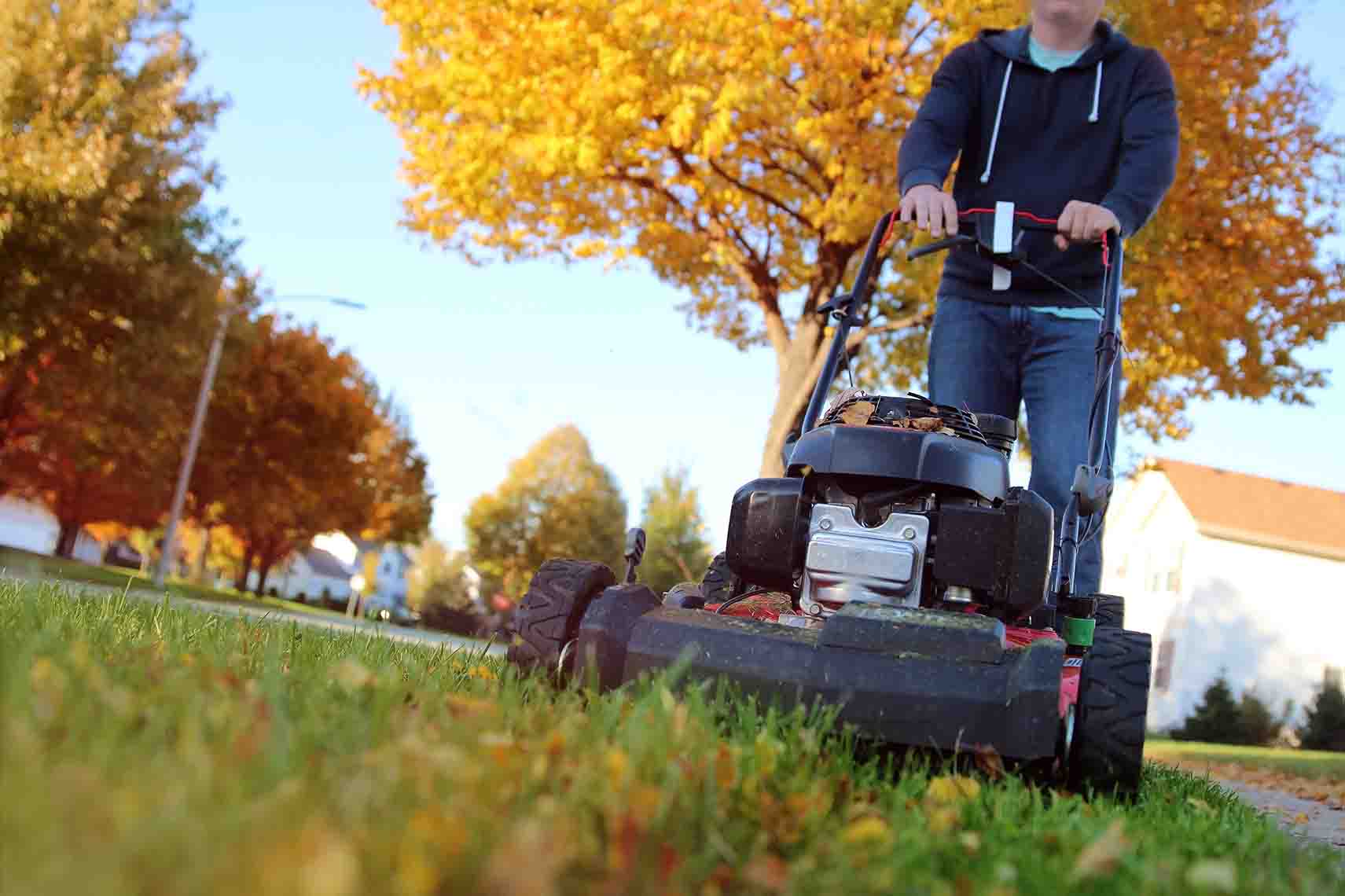
As fall begins, many homeowners make the mistake of storing away their mowers too early. But in Kansas City, cool-season grasses like tall fescue and Kentucky bluegrass often continue growing well into late October or even November. Regular mowing during fall helps your lawn remain neat, reduces the risk of matting under snow, and prevents fungal diseases from taking hold during the winter.
As temperatures cool, gradually reduce your mowing height, but don’t scalp the lawn. The final few cuts of the season should leave grass about 2 to 2.5 inches tall. This shorter height helps the lawn resist snow mold while still retaining enough leaf tissue to fuel photosynthesis before winter sets in.
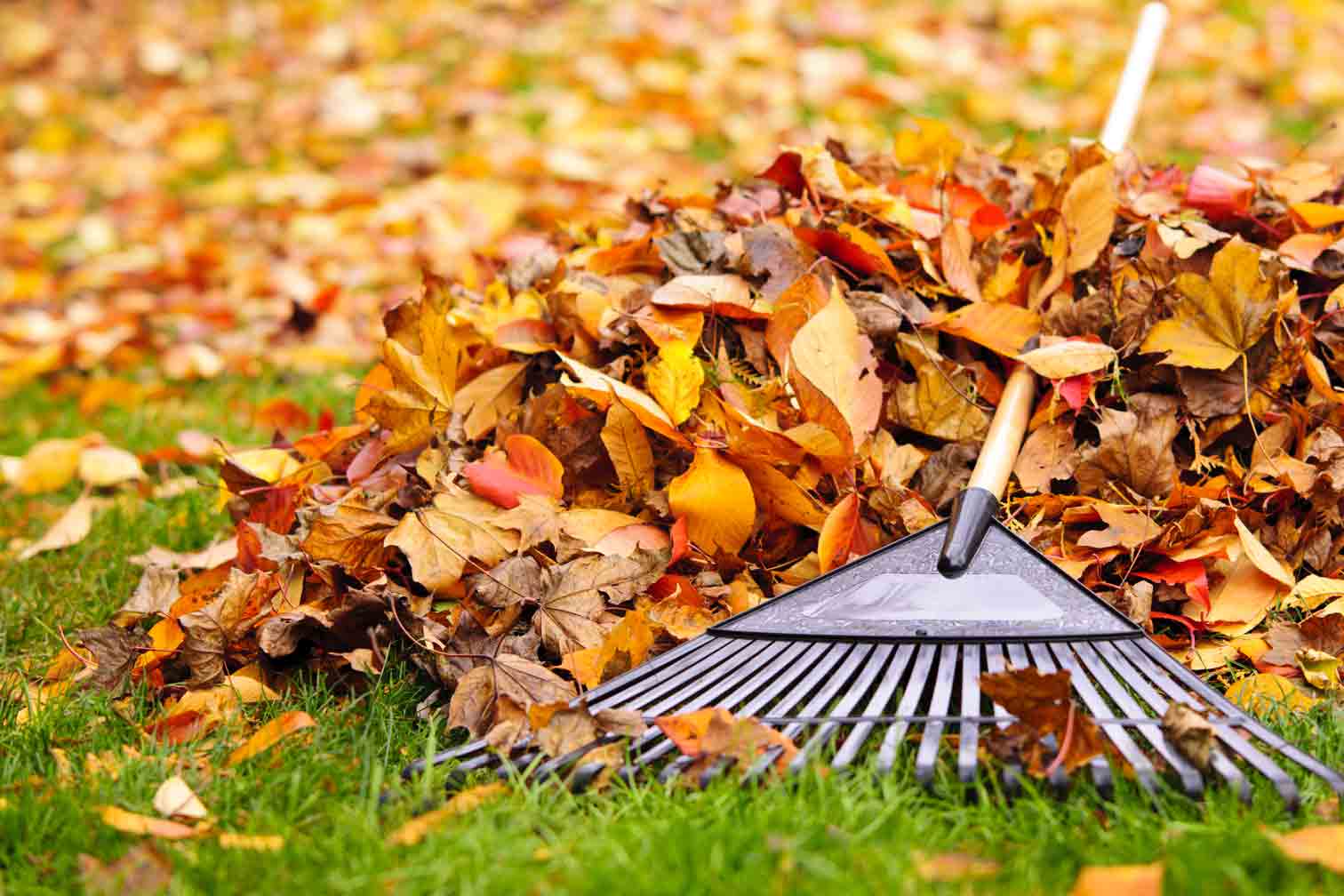
A thick layer of leaves prevents sunlight and air from reaching the grass, which hinders the final weeks of root growth and can smother your lawn over winter. Whether you choose to rake, bag, or mulch your leaves, don’t wait until the entire yard is blanketed. Aim to clear the lawn every few days or once a week, depending on how quickly your trees drop their foliage.
If you use a mulching mower, chop leaves finely so they decompose quickly and enrich the soil. Clearing leaves routinely also helps deter pests like voles and mold pathogens that thrive under decaying organic matter.
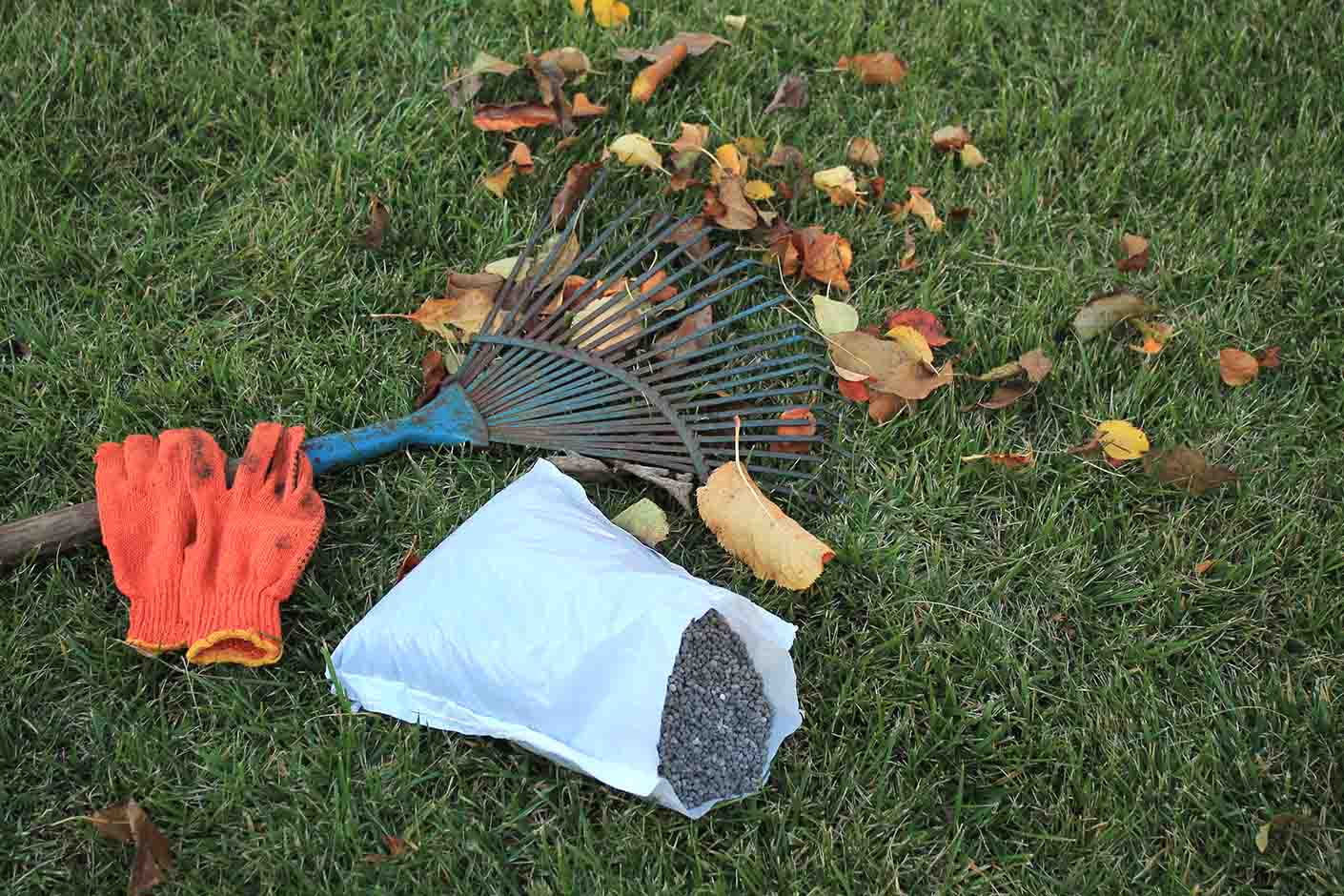
If there’s one season you absolutely shouldn’t skip fertilizer, it’s fall. Cool-season grasses benefit tremendously from a nutrient boost as they enter dormancy. Fall fertilization encourages strong root development and improves your lawn’s ability to store carbohydrates, both of which are crucial for winter survival and spring recovery.
In Kansas City, the best time to apply fall fertilizer is typically mid to late October, before the first hard freeze. Choose a slow-release formula high in nitrogen and potassium, such as a 24-0-10 blend.
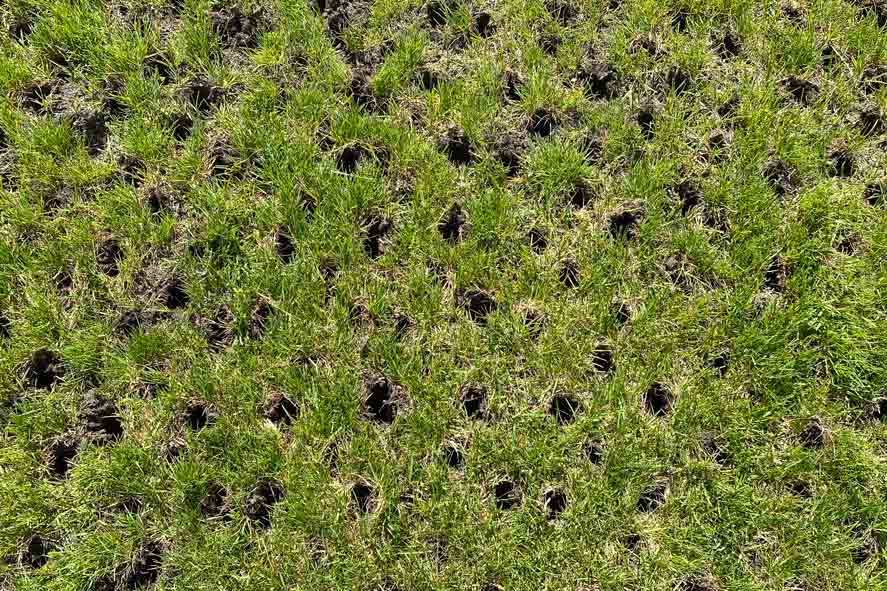
After a long summer of foot traffic, heat, and drought, Kansas City lawns often develop compacted soil, especially those with clay-heavy subsoils. Compaction restricts water, air, and nutrients from reaching grass roots, making it harder for your lawn to prepare for winter and bounce back in spring.
Core aeration involves removing small plugs of soil to break up compaction and allow roots to breathe. It’s one of the most beneficial fall lawn care practices and should ideally be done between late September and early October when the soil is moist and cool.
Aeration is especially important if your lawn:
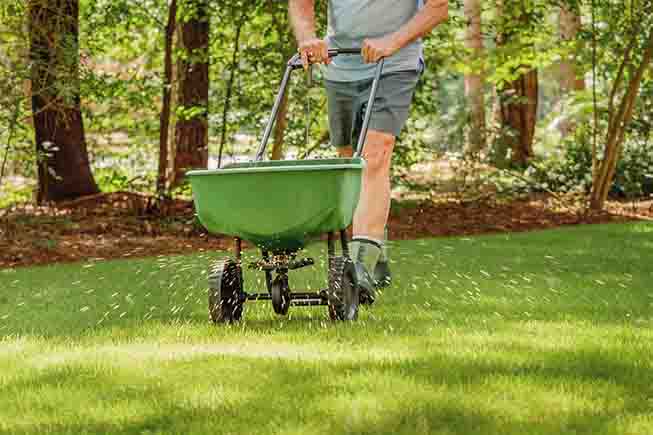
Cool-season grasses do their best growing when temperatures are mild, making fall the ideal time to overseed and thicken up your lawn. Overseeding after aeration ensures seeds make solid contact with the soil and gives them room to grow deep, healthy roots before winter arrives.
For Kansas City lawns, early to mid-October is typically the latest window to overseed with success. Choose a grass seed mix suited to our climate. Tall fescue is the most common due to its heat tolerance and deep rooting system, but you can also blend with bluegrass for added density.
When overseeding:
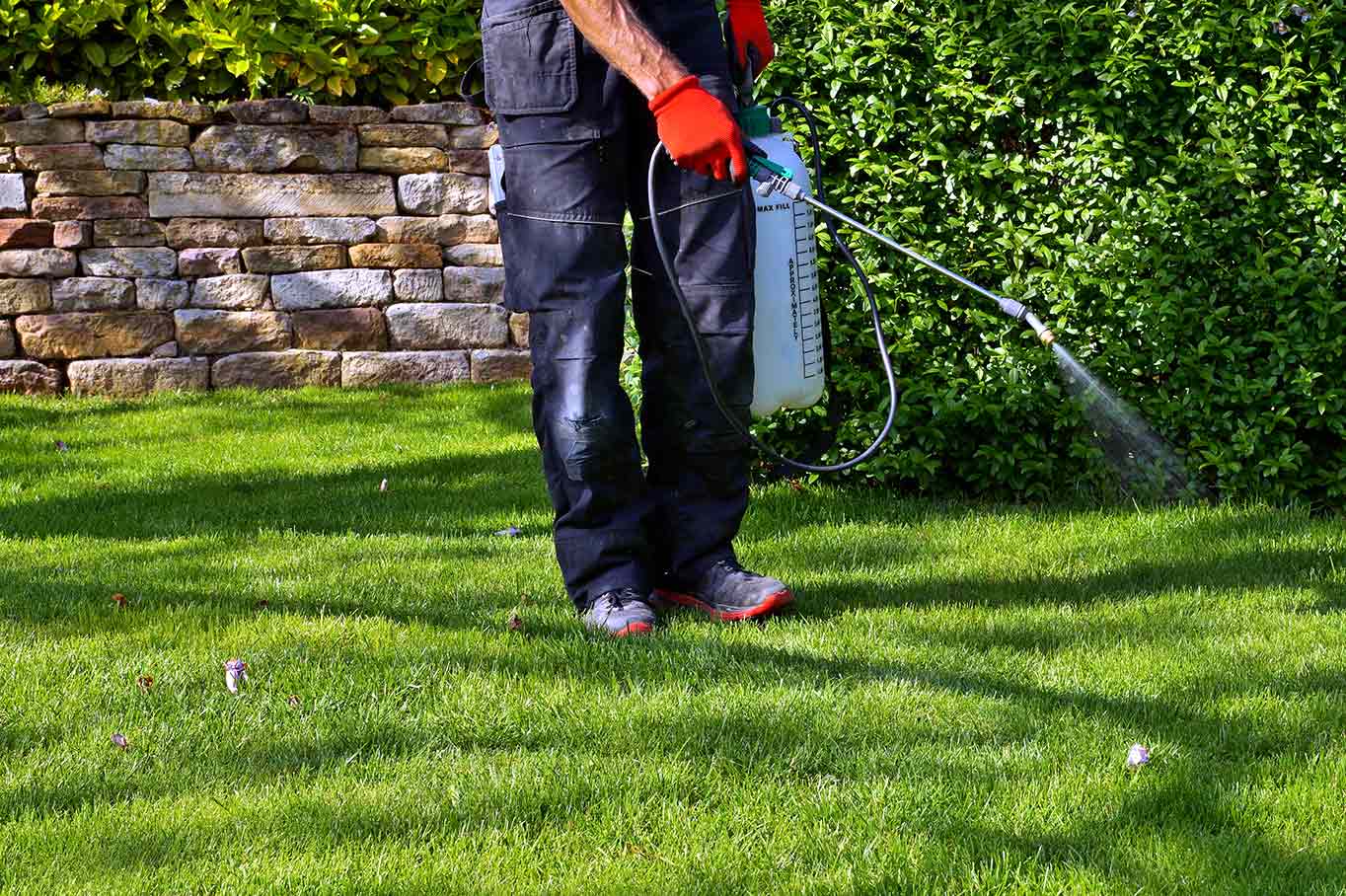
Weeds like dandelions and clover don’t quit just because summer’s over. In fact, fall is when many perennial weeds are most vulnerable because they’re actively storing nutrients for winter. Applying a selective broadleaf herbicide in early fall can help eliminate these invaders while they’re still drawing resources down to their roots.
By attacking weeds now, you stop them from overwintering and spreading even more aggressively in spring. Just be cautious: if you’ve recently overseeded your lawn, wait until the new grass has been mowed a few times before applying any herbicides.
Weeds to target in fall include:
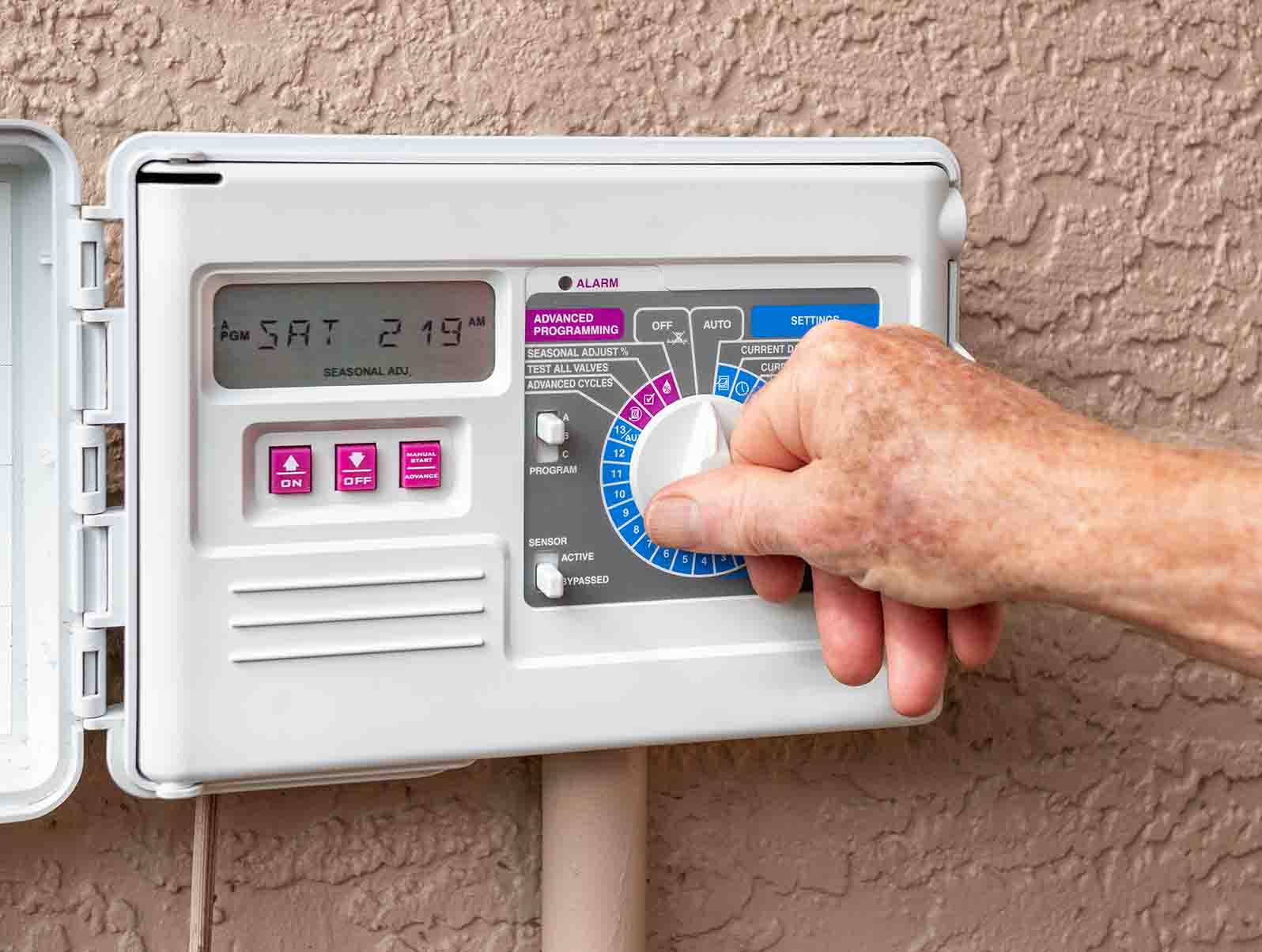
Even as the weather cools, your lawn still needs water to finish the growing season and recover from summer stress. Many Kansas City homeowners shut off irrigation systems too early, depriving their lawns of moisture during one of the most important root-building periods.
Until the ground freezes, continue watering your lawn to keep the soil slightly moist, not soggy. Lawns typically need about 1 inch of water per week, either from rainfall or supplemental irrigation, until dormancy sets in.

Finally, don’t forget about the tools that help you maintain your lawn. Fall is the perfect time to clean, inspect, and store your lawn equipment so it’s ready for use next season. Waiting until spring means you’ll likely be dealing with gummed-up engines, dull mower blades, and lingering repairs just when you need them most.
Key winterization steps include:
The Kansas City winter is no joke, but with the right fall lawn care strategy, your grass can head into dormancy stronger, healthier, and better equipped to bounce back when warmer weather returns.
Fall is the season of preparation, and what you do now will determine whether your lawn wakes up next year thick and green or thin and struggling. If you're unsure where to start or want help implementing the most important fall lawn care steps, call Heartland Turf & Landscape today to take care of all your lawn care needs in Kansas City!